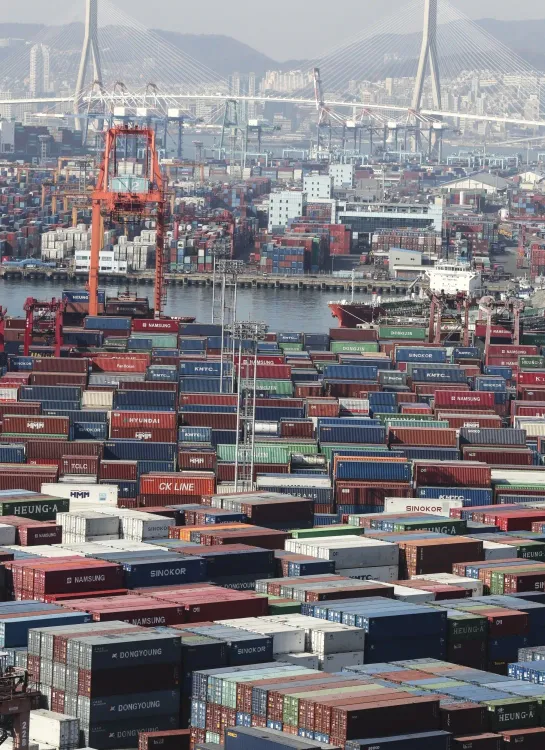Why Did South Korea's Industrial Output Plunge in October?

Synopsis
Key Takeaways
- South Korea's industrial output fell by 2.5 percent in October.
- Semiconductor production dropped by 26.5 percent.
- Retail sales rebounded with a 3.5 percent increase.
- Facility investment decreased by 14.1 percent.
- Higher sales of food and apparel contributed to retail growth.
Seoul, Nov 28 (NationPress) The industrial output of South Korea experienced its most significant decline in over five years last month, as revealed by government data released on Friday. This downturn was primarily influenced by a base effect in semiconductor production, despite the industry's ongoing recovery cycle.
According to the Ministry of Data and Statistics, industrial production fell by 2.5 percent compared to the previous month in October. This represents the most substantial monthly drop since a 2.9 percent decrease in February 2020, as reported by Yonhap news agency.
Notably, the mining and manufacturing sectors, which are pivotal to the economy, saw a 4 percent decrease month-on-month.
Semiconductor production experienced a staggering 26.5 percent drop, marking the sharpest month-on-month decline since October 1982, when it fell by 33.3 percent.
The ministry attributed this decline largely to a strong base effect, as chip production had surged approximately 20 percent in September, even though global demand for semiconductors continues to grow, fueled by the artificial intelligence (AI) boom.
"The base effect seems to have significantly impacted the semiconductor production amid its ongoing boom," stated Lee Doo-won, a ministry official.
In a positive note, retail sales—a key indicator of private spending—rose by 3.5 percent month-on-month, recovering after two consecutive months of decline.
This increase is the highest since February 2023 but is primarily attributed to a base effect, according to the ministry.
The growth was significantly influenced by increased sales of food and clothing, reflecting the effects of the extended Chuseok holiday in early October.
Sales of semi-durable goods, such as clothing, rose by 5.1 percent, while sales of non-durable goods, including cosmetics, surged by 7 percent. Conversely, durable goods sales, such as home appliances, fell by 4.9 percent.
Meanwhile, facility investment decreased by 14.1 percent month-on-month in October, reversing the recovery noted in the previous month.
Investment in machinery dropped by 12.2 percent, while investment in transportation equipment fell by 18.4 percent.









